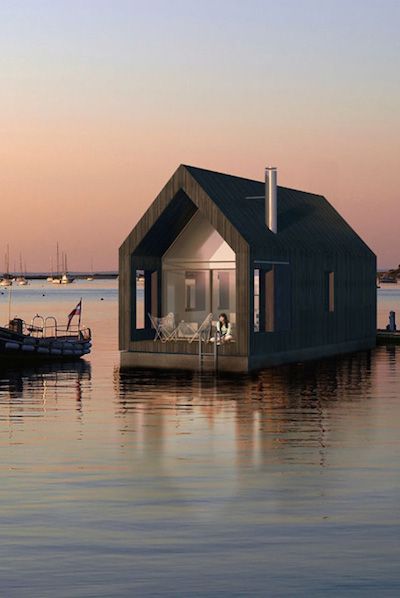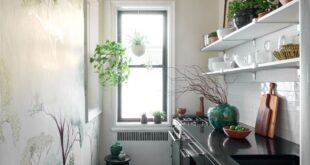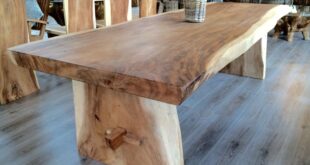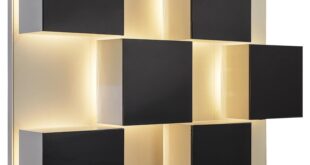
Floating house design is a unique and innovative architectural concept that blends modern engineering with sustainable living. These floating homes are designed to float on water bodies, such as rivers, lakes, or even oceans, offering residents a tranquil and secluded waterfront living experience. The design of these homes typically incorporates lightweight and durable materials, such as steel, aluminum, or fiberglass, to ensure stability and buoyancy. Floating houses can be customized to suit the needs and preferences of the homeowners, with features such as rooftop decks, solar panels, and rainwater harvesting systems to make them more eco-friendly and self-sufficient. Additionally, these homes are often designed to withstand harsh weather conditions, offering a safe and secure living environment for its inhabitants. Overall, floating house design offers a modern and sustainable alternative to traditional land-based housing, providing a unique and unforgettable way of living on the water.
Floating house design has gained popularity in recent years due to its unique and innovative concept. By building homes on water, architects and designers are able to create sustainable and eco-friendly structures that minimize the impact on the surrounding environment. These floating houses can be designed to be completely off-grid, utilizing solar energy and water filtration systems to provide a self-sufficient living space. The minimal footprint of these structures also helps to protect fragile ecosystems and wildlife habitats.
One of the key advantages of floating house design is the flexibility and adaptability of the structures. Unlike traditional homes, which are fixed to a specific location, floating houses can be moved to different waterways or even transported to new locations entirely. This makes them an ideal solution for areas prone to flooding or rising sea levels, as homeowners can simply float away to safety during extreme weather events. Additionally, the open, airy design of floating houses allows residents to connect with nature and enjoy panoramic views of the surrounding landscape.
Another benefit of floating house design is the potential for innovative and sustainable construction materials. From bamboo and reclaimed wood to recycled plastics and composite materials, architects have a wide range of options available for creating environmentally-friendly floating homes. These materials not only reduce the carbon footprint of the construction process but also contribute to a more harmonious relationship between humans and nature. By choosing sustainable materials, homeowners can further minimize their impact on the environment and inspire others to adopt eco-friendly practices in their own construction projects.
In conclusion, floating house design offers a refreshing and forward-thinking approach to sustainable living. By combining innovative concepts with eco-friendly materials and efficient systems, architects are able to create harmonious structures that not only benefit the environment but also provide a unique and inspiring living space for homeowners. With the continued rise in popularity of floating house design, we can expect to see more creative and sustainable solutions for waterfront living in the years to come.
 home decor trends
home decor trends



